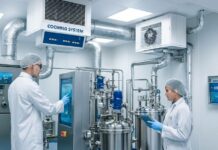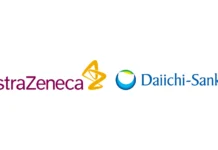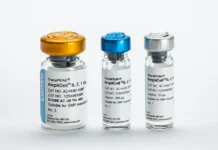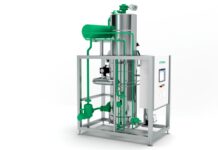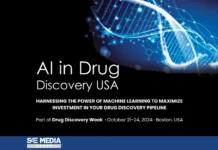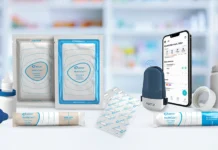The struggle to get new medications onto the market is more intense than ever in the rapidly evolving pharmaceutical industry of today. Separated into sequential segments, the traditional drug development process can be costly and time-consuming. Converging drug material and drug product activities, however, might speed up this process, save money and time, and enable patients to receive life-saving medications sooner for drug substance product integration.
The Conventional Method for Developing Drugs
Drug development has traditionally been linear, with the activities for drug substances and drug products carried out one after the other. The component that gives a medicine its therapeutic effect is known as the drug substance, or active pharmaceutical ingredient (API). On the other hand, a drug product contains the API in a dosage form that can be administered to the patient in order to maximise the therapeutic benefit by delivering the medication to the appropriate illness target receptor. The clinical trials are arranged in a way that makes it possible to confirm the safety and effectiveness of the demonstration medication.
Global health depends on bringing safe and efficient medications to market, and the sooner we can do that, the sooner we can treat people. Consolidating drug substance, drug product, and clinical supply operations could therefore significantly speed up the delivery of necessary commercial and development medications, whether for clinical trials or straight to market.
Challenges and Considerations
There are a few challenges to consider about drug substance product integration:
- Regulatory Compliance: When merging operations, navigating the regulatory environment can be challenging. It may be necessary to carefully prepare and coordinate in order to achieve compliance with the regulatory authorities’ unique paperwork and validation requirements.
- Resource Allocation: Personnel, equipment, and funds must all be carefully allocated for effective integration. It is essential to balance these resources to prevent bottlenecks and guarantee seamless progress.
- Risk management: Since errors in one area could have an impact on the entire process, concurrent development also carries risks. To reduce these risks, it is necessary to create robust risk management policies and contingency procedures.
To help a client expedite the development and production of therapeutic substances, as well as the design and production of drug products and packaging for use at the clinical site, a strategy was developed with those elements in mind.
Early toxicological investigations up to the First-In-Human (FIH) supply were included in the project scope, with a focus on developing both cGMP and non-cGMP processes for the medicinal material. The drug product included clinical manufacturing and stability studies for the development of an API in capsule form.
A seven-step synthesis procedure, impurity and regioisomer control, and the creation of analytical techniques for validation were particular project requirements. The supply of drug ingredient included micronization for clinical studies and the creation of a 500g non-cGMP demo batch and a 15 kilogram cGMP batch. As scientists worked together to facilitate the definition, process design, and supply of API with appropriate physical qualities, the API’s physical characteristics were crucial to the successful production of the final product.
Three strengths (5 mg, 25 mg, and 100 mg) of the drug product were manufactured and released under cGMP, and the capsules were packaged and placed on stability. The project included process optimisation as well as the creation and verification of analytical techniques.
By overlapping the work on API manufacture and formulation development, several weeks were saved, and the project was finished in just over 12 months, with a 3-month customer consultation halt on dose. A significant speed and consistency benefit was provided by using the same systems, which is even more important for the next stage of development.
In addition, more drug product and drug substance development and manufacturing for Phase II studies were done, which helped the project go forward to the next stage of development.
Project acceleration was greatly aided by a full CMC single project team model, which included weekly teleconferences to review every area of the project. The group provided real-time scheduling modifications, efficient formulation and analysis, and seamless logistics. The project management governance framework enhanced timely delivery, frequent meetings, logistical efficiency, and continuity of operations. The collaboration between the science and pharmaceutical service teams enhanced communication, logistical efficiency, and continuity of operations while maintaining high standards of quality.
Overall, this expedited procedure increased group-wide innovation and best-in-class business services while saving clients a significant amount of time and money.
Integration of drug substance and drug product operations offers a unique approach to drug development in a world where efficiency and speed are crucial while maintaining high quality. Pharmaceutical companies can accelerate the delivery of novel treatments to patients by dismantling traditional silos and encouraging cooperation. Integration is an appealing approach for the future of drug development, despite the numerous obstacles, because of the possible benefits in terms of reduced development time, cost savings, and improved quality for drug substance product integration.



